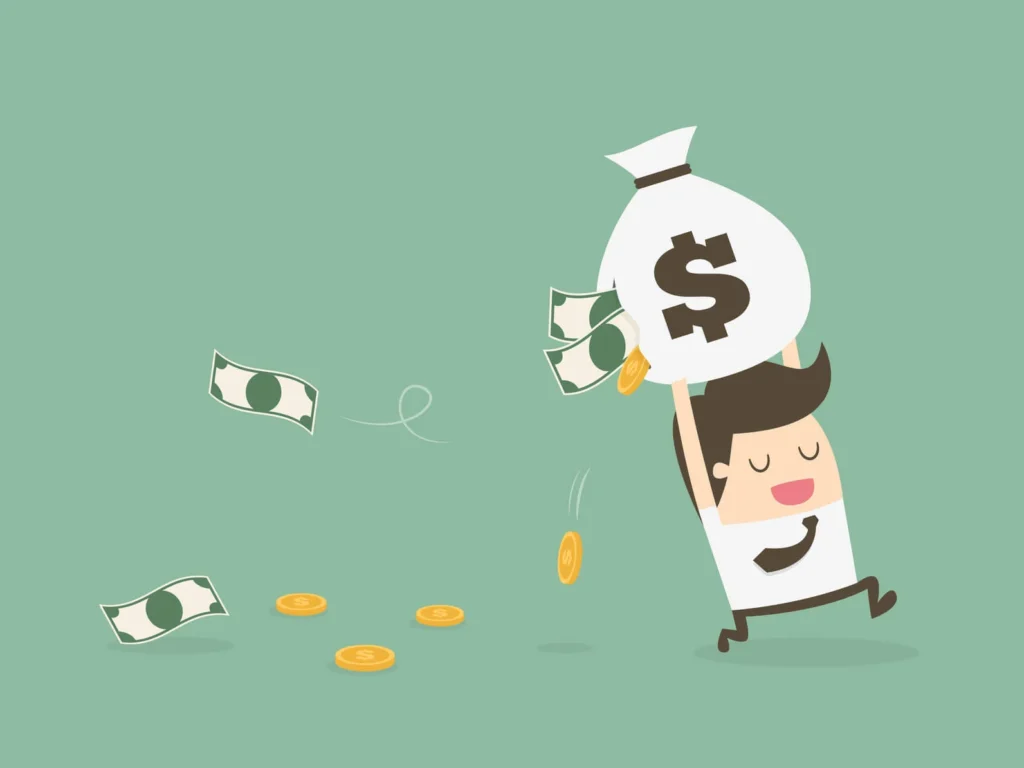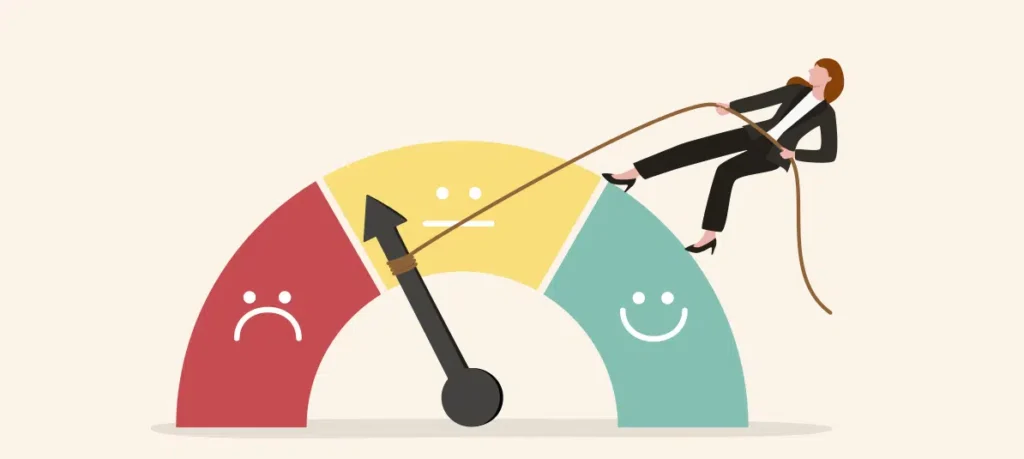
In the financial world, not all debt is created equal. There is good debt and bad debt, and differentiating between them is essential to maintaining sound financial health. While good debt can be a wealth-building tool, bad debt often leads to financial problems.
Good debts are those that represent an investment in the future. For example, borrowing to purchase a home, finance higher education or start a business has the potential to generate income or increase the value of assets over time. These debts usually have reasonable interest rates and a clear purpose that benefits the debtor in the long run.

Bad debt is characterized by financing consumption that does not generate value or income. Buying consumer goods with credit cards at high interest rates, such as luxury clothing or technology, is a common example. These debts tend to accumulate quickly and can become a financial burden that is difficult to manage.
One way to distinguish them is to analyze whether the debt generates a positive or negative return. If the borrowed money is used for something that will increase equity or future capabilities, it is good debt. If it is used for unnecessary or short-lived expenses, it is bad debt.

Managing personal finances involves prioritizing good debt and avoiding bad debt. Using credit wisely not only allows you to take advantage of opportunities, but also avoids falling into harmful debt cycles. The key is to be aware of how and why borrowed money is used.







